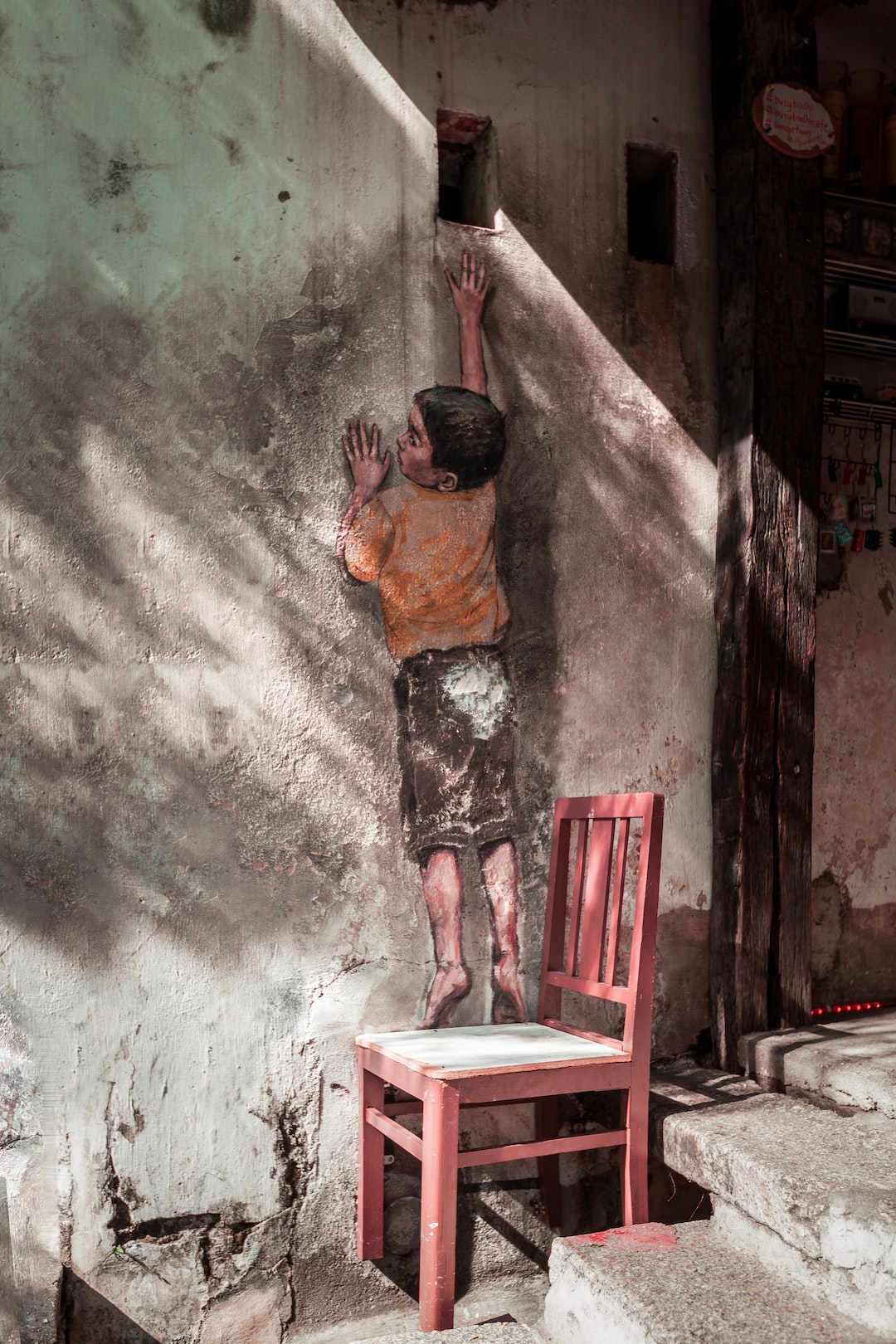Women have been involved in the arts for centuries, yet their contribution to the field has often been overlooked or minimized. From painters and sculptors to writers and musicians, women have played a crucial role in shaping the arts throughout history. Despite facing challenges and obstacles along the way, women have persisted and left a lasting impact on artistic expression.
The earliest recorded history of women in the arts dates back to ancient Greece, where women were involved in theater productions, music, and dance. Women were also known to be skilled weavers, creating intricate tapestries that displayed their artistic talent. However, in the male-dominated society of ancient Greece, women were often relegated to secondary roles and their contributions were not always recognized.
During the Renaissance, women began to take on more prominent roles in the arts. Women such as Sofonisba Anguissola, Lavinia Fontana, and Artemisia Gentileschi gained recognition for their skills as painters, challenging gender norms and paving the way for future generations. These women broke down barriers, proving that women were just as capable as men when it came to artistic expression.
In the 18th and 19th centuries, women continued to make strides in the arts, particularly in the field of literature. Jane Austen, Mary Shelley, and the Bronte sisters were among the most well-known female writers of the time, producing works that are still revered today. However, women in the visual arts still faced significant challenges, with many institutions and galleries unwilling to exhibit their work. Despite this, women persisted in their artistic pursuits, using their talent to express themselves and bring attention to issues affecting women.
The 20th century brought about significant changes for women in the arts. Women’s suffrage movements gained momentum, leading to greater political and social rights for women. This newfound freedom also allowed women to pursue careers in the arts more openly, with some even achieving great success. Georgia O’Keeffe, Frida Kahlo, and Louise Bourgeois are just a few of the women who gained international recognition for their contributions to the visual arts.
In addition to visual artists, women in music also began to make strides during the 20th century. Jazz singers like Billie Holiday and Ella Fitzgerald captivated audiences with their mesmerizing vocals, while contemporary musicians like Beyonce and Taylor Swift have continued to break records and push boundaries in the music industry.
Despite these successes, women in the arts still face numerous challenges. The gender pay gap persists in many artistic fields, with women often earning significantly less than their male counterparts. Women also continue to be underrepresented in certain areas of the arts, such as film directing and screenwriting. However, women continue to make gains and advocate for greater representation and recognition in the arts.
Overall, women have played a crucial role in the arts throughout history, despite facing significant hurdles and barriers. From ancient Greece to modern-day society, women have contributed their talent, creativity, and ingenuity to the arts, helping to shape and redefine artistic expression. Though there is still much work to be done, women in the arts have made tremendous strides, and their contributions are essential to the continued growth and evolution of the arts.

